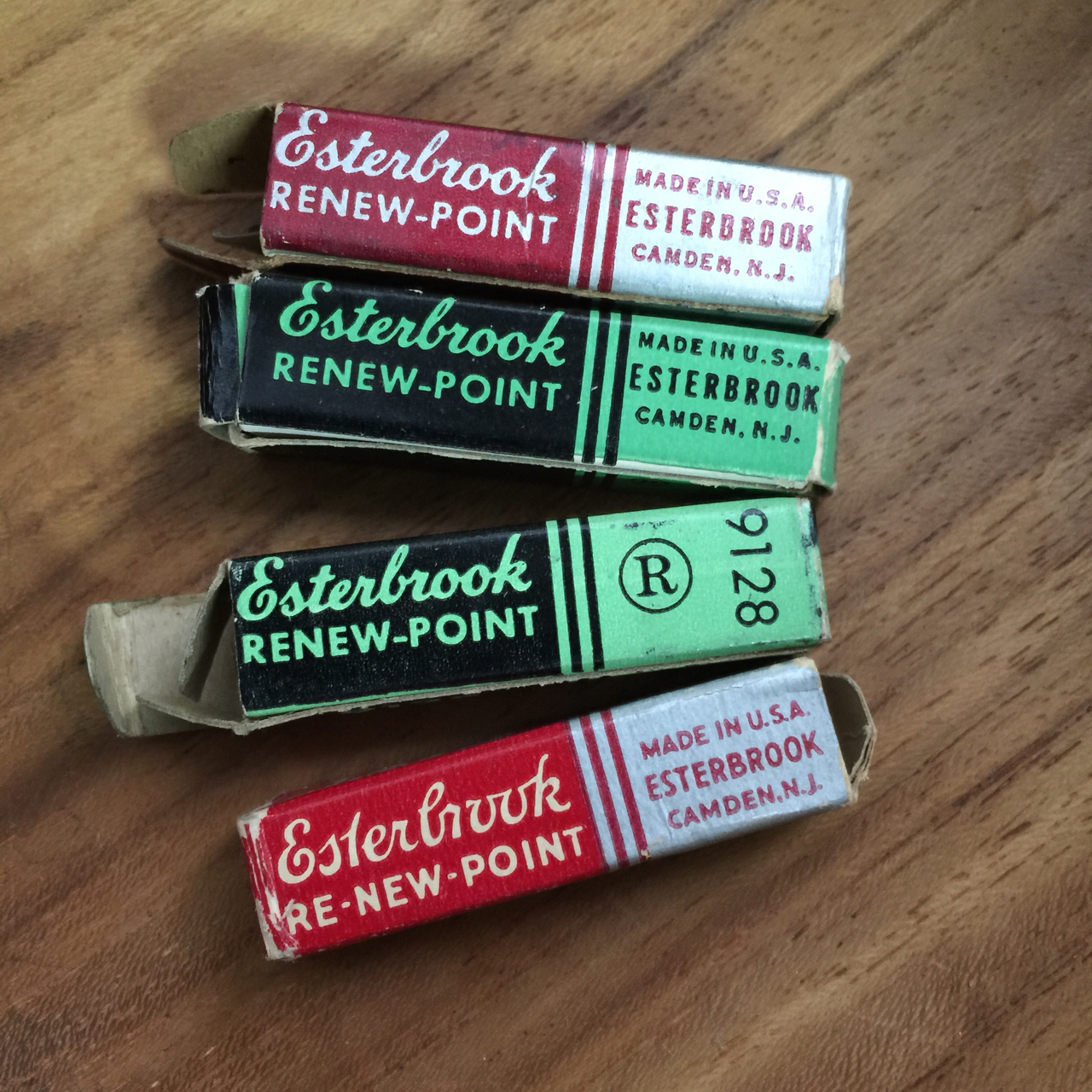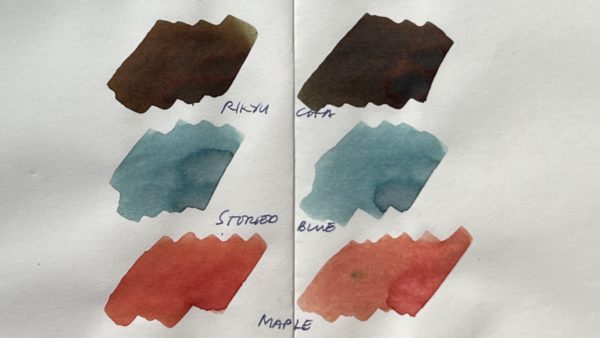I’ve worked with brands for 25 years. That’s 52,000 hours of figuring out how to make brands engaging, persuasive, convincing – and ultimately, worth a place in someone’s life.
A brand is a collective of expectations, usually wrapped in a name and a logo. Some expectations are cast in stone; others are more fluid. Much of that has to do with how beloved a brand is, and how much it’s invested in a particular image or personality. The residual of that investment is called “brand equity.” Giant brands rarely tinker with their core offer. Say “New Coke” to senior marketers and everyone nods in sympathy.
The new Esterbrook has caused consternation among pen people. To me, it is an emerging story of the power of a brand, even after its original owners have gone, because of the meaning it holds for the people who love it. There are clues to the brand equity in Esterbrook’s old ads, catalogs and display cases. A brand professional would look to these first. “The right point for the way you write,” and “Instantly replaceable by the user” immediately catch the eye. Disregarding these in reviving the brand invites dissonance. And dissonance is bad marketing.
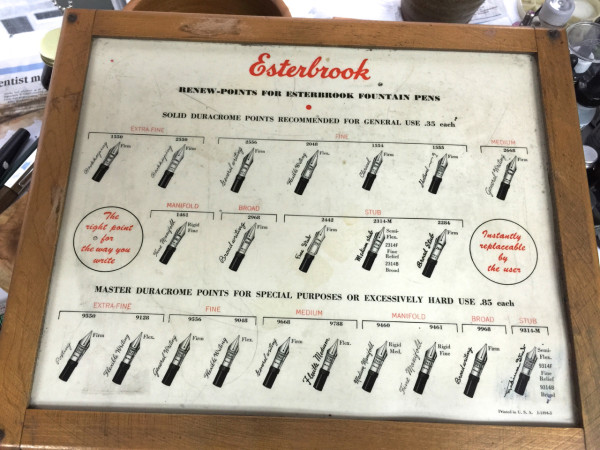
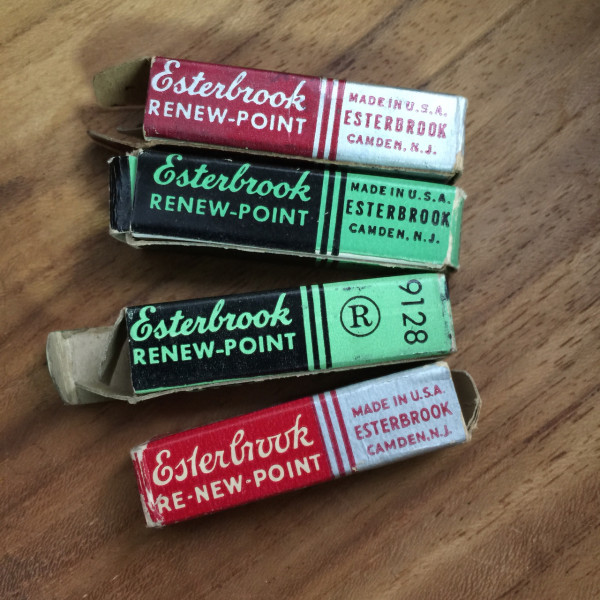
Here are five guidelines for the next company that wants to revive a beloved brand:
1) Be the brand’s biggest fan. Or hire the brand’s biggest fan. Modern marketers, in the social network age, know better than to not involve their brands’ most ardent fans. In fact, fan marketing can be a separate function within a marketing department. Convince a brand’s advocates, and they take care of much of the heavy lifting (e.g. word of mouth, bringing other people into the brand) for the marketer.
Don’t do it just for the money – people will feel it. Of course Syd Saperstein (aka “the Wahlnut”) relaunched Wahl-Eversharp. Authenticity doesn’t mean slavishly copying from the archives. People fall in love with a brand for a reason. Design, color, attitude, performance… these all play into the connection that people have with a brand.

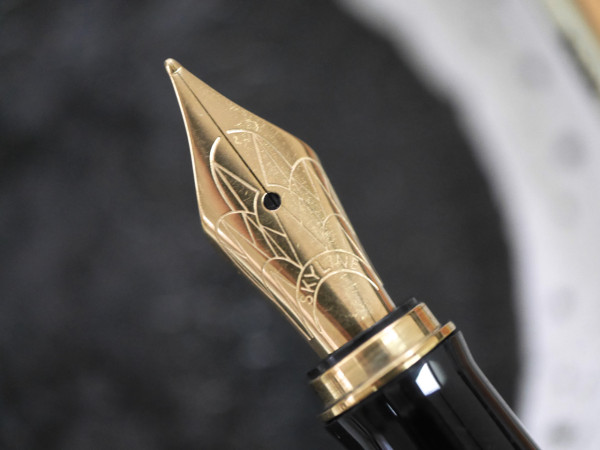
2) Understand which parts of the brand equity are non-negotiable and which ones can be refreshed. One of Parker’s most iconic pens is the Parker 51. The core of that sub-brand was innovation and ease – the hooded nib was modern for its time, the contours of the pen reflected the rapidly-urbanizing post-war aesthetic, and it was priced to be a bestseller. I think innovation and ease are part of Parker’s non-negotiables, but the ways in which those are expressed can vary widely. The Parker 100 (now discontinued) was an attempt to rethink the 51 for today, but I believe the 51’s true successor, in spirit, is the Parker 5th. It is no longer a fountain pen, but today’s people, in general, are no longer fountain pen people. The Parker 5th allows access to the essence of the brand – without the inky fingers. 😉
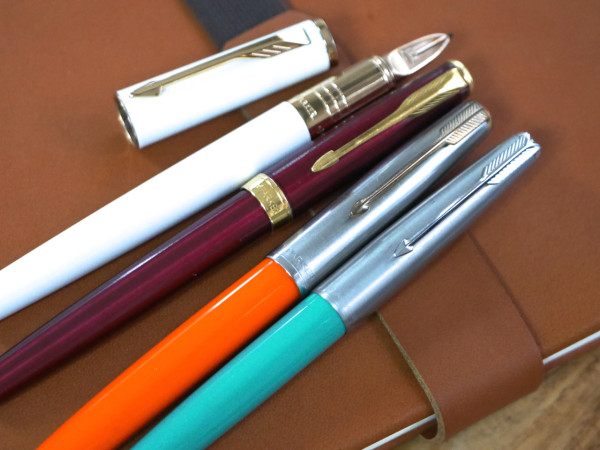
3) As our attention becomes more and more fragmented, visual identity and recognition is more crucial than ever. Straying too far from what people know causes no end of snark, as Renee Zellweger knows. On a more serious note, the dissonance with expectations can lead to anything from frustration to outright antagonism. Careful negotiation of visual identity can bridge what people have come to know and love, and what the new caretakers of the brand believe it can become. (Case in point, the Palomino Blackwing and its continuing line extensions.)
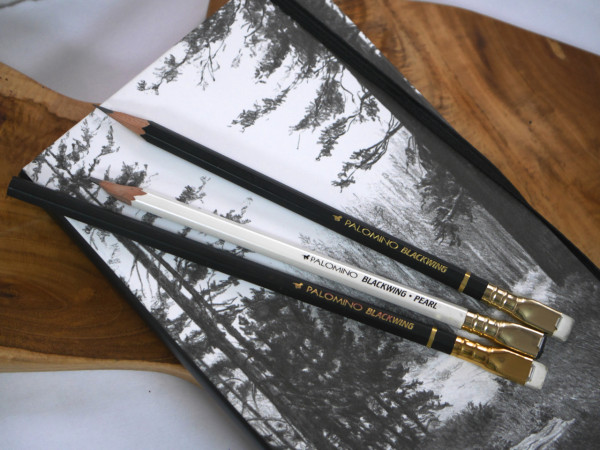
4) A brand that’s “many things to many people” is much more forgiving. This doesn’t mean the brand equity is weak; it just means it’s more flexible, or the brand meaning isn’t tied into the product form. Montblanc was a luxury writing instrument brand, but no longer. Its owners have seen that Montblanc is about the pinnacle of luxury and performance, regardless of product. So yes, horology. Yes, fragrance. Yes, jewelry. The Faber-Castell brand spans school pencils to Graf von Faber-Castell, so we don’t see angry protests against the E-motion. But even a cursory glance indicates the Ondoro is closer to the brand’s sweet spot.
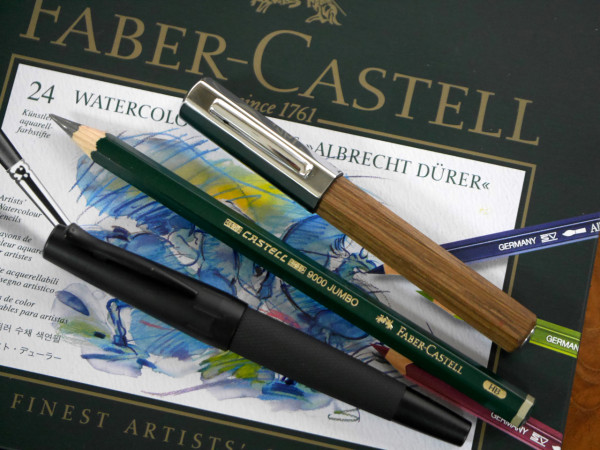
5) In many cases, heritage is the best leverage. Brands of long standing are better value for money. It’s neither nostalgia nor escapism; it is true assessment of value, proven in the marketplace. Pelikan has had a string of successes in its M101N reissues, the most recent of which is the Souveran M101N in red tortoiseshell. The Parker Duofold True Blue and Mandarin retain their worth many years after their release. And certainly Omas has experienced a resurgence with its vintage editions in highly desirable celluloid patterns.
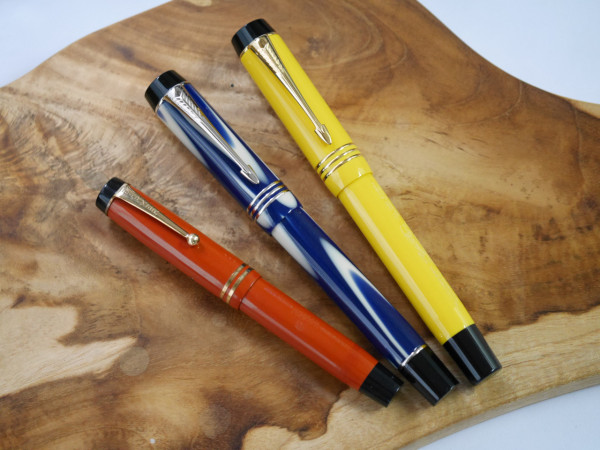

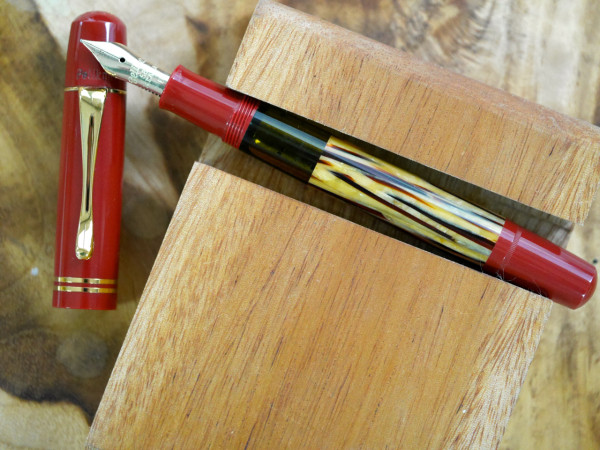
Love your brand first, and others will follow.
